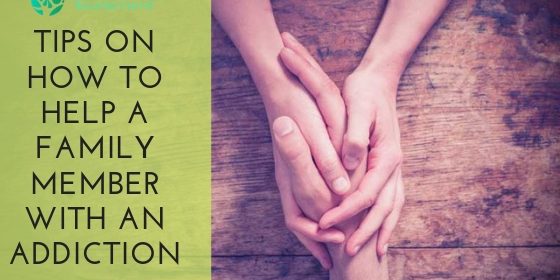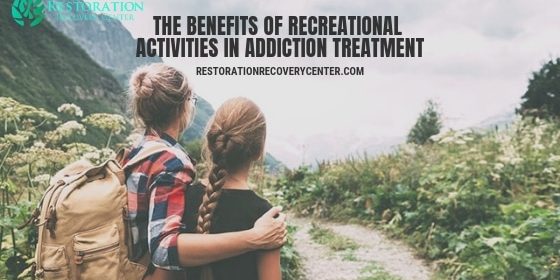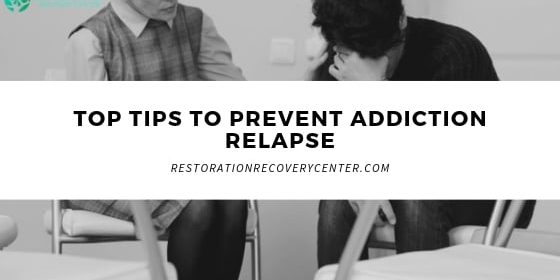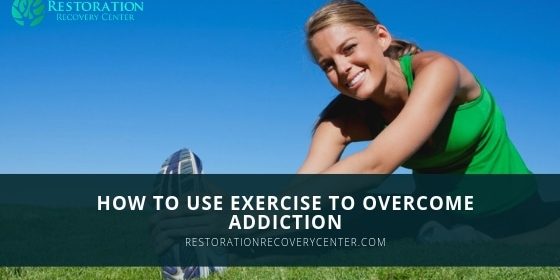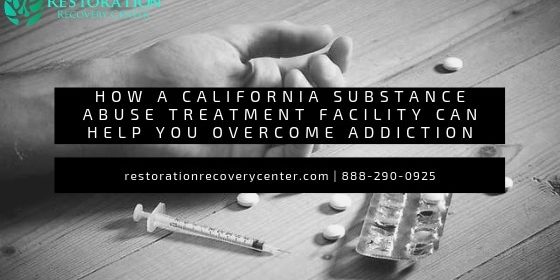The Benefits of Medication-Assisted Treatment
Many treatment facilities offer medication-assisted treatment (MAT) for substance use disorders (SUD) alongside psychotherapies and complementary treatments. MAT is usually administered during the detox stage of treatment. While there are many misconceptions about MAT, the use of MAT has saved lives.
What Is Medication-Assisted Treatment?
Many fallacies exist about MAT, and misconceptions can prevent people from getting the care they need. For example, some people believe that using medication to manage substance use symptoms will replace the previous addiction with another. However, MAT can reduce the length of inpatient detoxification, prevent relapse, reduce cravings, and provide patients with a more individualized treatment plan.
Not only can MAT reduce a person’s potential to relapse, but it can also lead to increase retention in treatment. The most common use of MAT is for alcohol use disorder (AUD) and opioid use disorder (OUD). MAT is an evidence-based treatment option that has been researched, tested in clinical trials, and approved by the FDA.
Medication-Assisted Treatment for Opioid Use Disorder
There are three FDA-approved drugs used in combination to treat OUD:
- Buprenorphine suppresses cravings
- Methadone blunts the effects of opioids and reduces cravings and withdrawal
- Naltrexone blocks the euphoric and sedative effects of opioids
Some medications used for OUD include:
- Bunavail: buprenorphine and naloxone buccal film
- Sublocade: buprenorphine extended-release injection
- Subutex: buprenorphine sublingual tablet
- Dolophine: methadone hydrochloride tablets
- Methadose: methadone hydrochloride oral concentrate
- Vivitrol: naltrexone extended-release injection
According to the Substance Abuse and Mental Health Services Administration (SAMHSA), in 2018, two million people were diagnosed with OUD. This includes abuse of opiate prescription medication and heroin. Since OUD is a chronic illness, the use of MAT should be monitored and re-evaluated periodically. Some people receive MAT for 12 months, while others may need to be on it indefinitely.
Medication-Assisted Treatment for Alcohol Use Disorder
The FDA-approved drugs most commonly used for AUD are acamprosate, disulfiram, and naltrexone. Each drug assists people with AUD in the recovery process differently.
- Acamprosate tablets are used not during detox but by people in recovery who abstain from alcohol for at least five days. It prevents relapse and cravings and typically takes eight days to reach its full effect.
- Disulfiram is used to treat chronic AUD and is more effective on people who have already gone through detox. It should not be taken up to 12 hours after alcohol consumption.
- Naltrexone prevents relapse by blocking the euphoric effects of intoxication and can motivate people to stay in treatment.
According to the National Institute on Alcohol Abuse and Alcoholism (NIAAA), AUD is the most common substance use disorder affecting 14.1 million adults. It is characterized by the inability to stop or decrease alcohol use despite its adverse effects on a person’s relationships, career, and physical health. AUD ranges in severity. People with severe AUD are more likely to benefit from MAT.
Medication-Assisted Treatment & Psychotherapy
While MAT can suppress withdrawal symptoms and cravings, it does not help a person change destructive behaviors that drove them to use substances. Therefore, MAT is not a replacement for psychotherapy. Under the Federal Opioid Treatment Standards, a person receiving MAT must attend behavioral counseling.
Psychotherapy is an important component of any SUD treatment, with or without MAT, because it builds the person’s skill set. They learn to manage their emotions healthily and productively. It also gives people the tools they need to maintain sober, healthy lives post-treatment.
Overdose Prevention with Medication-Assisted Treatment
Naloxone has been approved for reversing opioid overdoses. When naloxone is administered to someone who overdosed on opioids, it clings to the opioid receptors and blocks the effects of the opioid. The effects of naloxone are not long-lasting, and the person should be rushed to the nearest medical facility after naloxone is administered. In the case of an overdose, naloxone administration could save someone’s life.
Prescription Medication
Opioid overdosing can occur when a person abuses prescription opioid medication or uses illegal opioids like heroin. Prescription abuse is particularly fatal when paired with prescription benzodiazepine medications typically used to treat anxiety. People abuse prescription opioid medication when they:
- Take a higher dosage than instructed
- Consume an opioid medication prescribed for someone else
- Intake of medication in a different way than instructed (i.e., snorting or injecting a medication meant to be taken orally)
- Use medicine for a purpose other than instructed, such as getting high
Overdose Symptoms
Being able to identify opioid overdose symptoms is important for understanding when naloxone should be administered. Overdosing symptoms include:
- Pale face or clammy to touch
- Limp body
- Blue or purple coloration in the fingernails
- Vomiting or gurgling noises
- Unable to speak
- Breathing or heartbeat slows or stops
If somebody identifies these symptoms in a person, they should administer naloxone, call for help, and, if necessary, perform CPR.
The benefits of MAT combined with psychotherapy can help with relapse prevention. Restoration Recovery Center prides itself on understanding the diversity of our patients. You aren’t just a number to us. Our mental health professionals take their time to create treatment plans that reflect the complex, unique individual that you are. We offer many treatments, such as MAT and behavioral therapy. Our mental health professionals can give you the tools you need to help you manage your substance use symptoms. If you or someone you know is struggling with substance use, please call (888) 290-0925 to learn how we can help you achieve long-term sobriety through treatments that focus on the body, mind, and spirit.


